
CHANCE BRINKMAN-SULL


CHANCE BRINKMAN-SULL
11.3.16
Out of breath, Jessica Koynock dragged her suitcases across the worn floor of Washington Hall. Her roommate had already moved into room 404 for the Fall Semester of 2015, and their resident assistant told them their 62-year-old room had been freshly painted
Koynock, now a sophomore studying visual communication, did not question the new paint. But her RA later told her the fresh paint was an effect of patchwork done to the roof over room 404 because squirrels were living up there, and it collapsed before Fall Semester began and the pests were removed.

* The graphics in this story represent calls from 2014 and 2015. Pests may not have been present at every pest complaint site.
But later that year, the squirrels returned. Scratches and noises echoed in the walls at night, waking up Koynock’s roommate. In early October 2015, Koynock filed a complaint to Ohio University’s Environmental Health and Safety department for a suspicion of “activity in their walls.”
“It would be 2 a.m., and they’d just get rowdy,” Koynock said. “They love to hang out in our roof.”
EHS went to 404 that day and found and trapped a squirrel in the wall. Chad Keller, the environmental health coordinator for EHS, said he set up more traps in the wall and checked every day, catching one more squirrel about a week later.
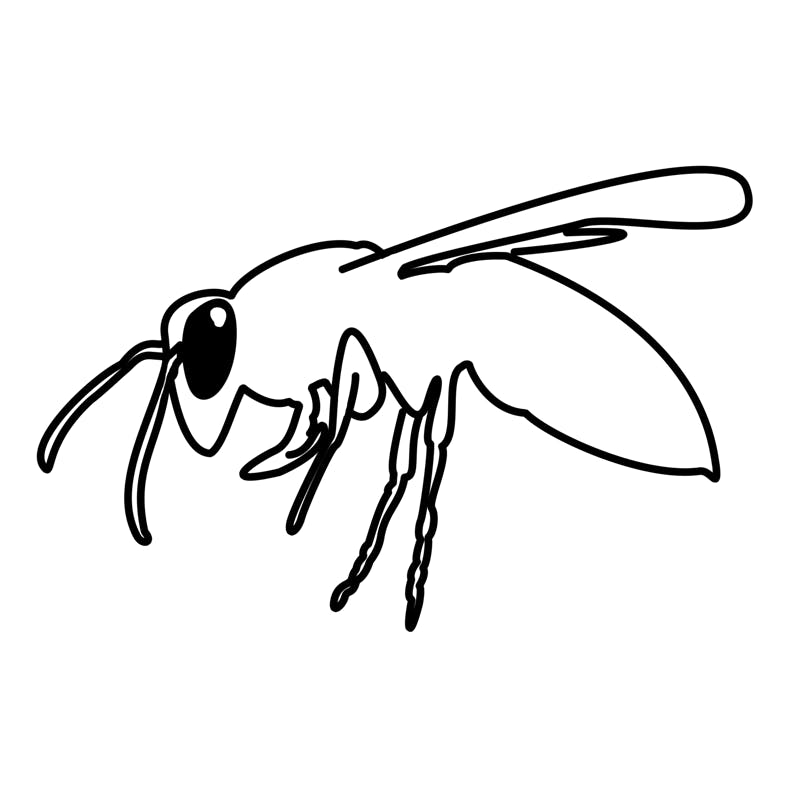
Koynock’s squirrel problem was not the only call Keller had to answer that day. EHS answered four more calls — they treated a yellow jackets’ nest at the McFarland Avionics Building, they set traps for squirrels in Chubb Hall and mice in the stockroom of Nelson Dining Hall, and found the source of bees in a women’s bathroom in McGuffey Hall.
“Each day, it’s sometimes the same thing but a different situation,” Keller said.

Alie Skowronski
Environmental Health Coordinator Chad Keller poses for a portrait on October 16.
Keller and technician Mark Mills help the wildlife in Athens and the more than 200 buildings on OU’s campus coexist. The two men have the keys to access all the buildings on the Athens campus — and they need them. When there is an emergency call, the Ohio University Police Department will call Keller no matter what time it is.
Keller, an OU alumnus and licensed pesticide applicator, has been on the campus since starting his microbiology degree in 1991. He said his extensive knowledge of both pests and the campus helps him understand why the department receives certain calls.

Sometimes, pests find ways into buildings because the buildings are old and not well-sealed, Keller said. Other times, it’s just because of the buildings’ structure in general — the warm bricks attract many pests.
“The bricks suck up heat from the sun,” Keller said. “We’ll almost always get bees on the south- and west-facing sides of the building. That’s (where) they get the most direct sun.”
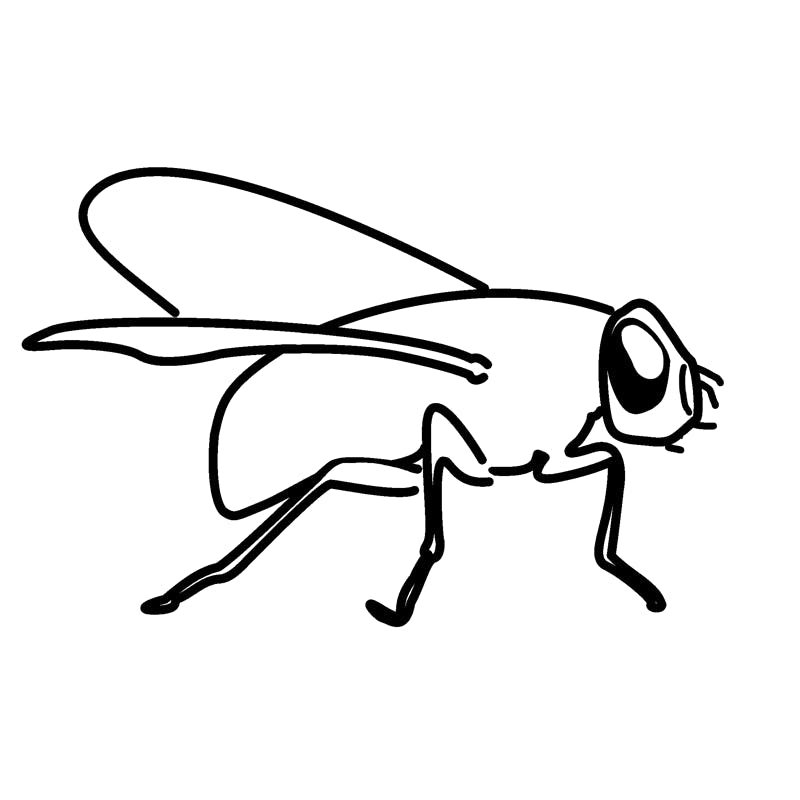
If a problem is insect-related, Keller will look at the building’s exterior to see if there are entry points where bugs can get in. Taking the extra time to do that helps Keller find problems without having to needlessly spray pesticide. Only licensed applicators in the state of Ohio are allowed to sprayed pesticide, but Keller said the department sprays as a last resort so no one has to be exposed to unneeded chemicals.
“You can’t control everything with the campus we have,” Keller said. “It’s not like we can go through and replace every window and seal every crack.”
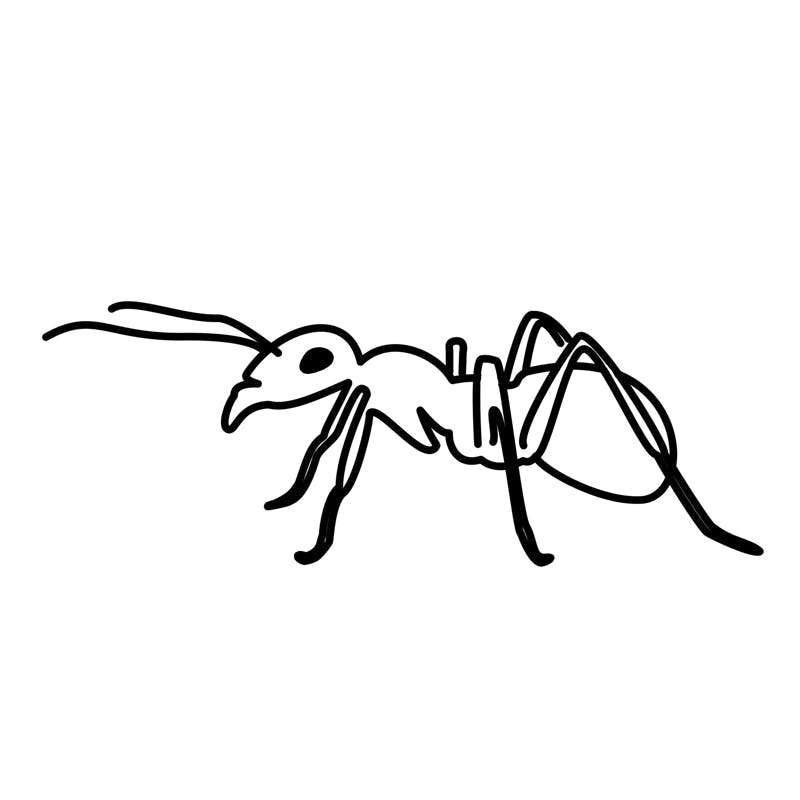
In mid-September, Grace Belthoff, a freshman studying forensic chemistry, returned to her dorm in Sargent Hall at about 1:30 a.m. When she unlocked her door on the fourth floor, a black shadow swooped across the room.
“Naturally, I screamed. I was convinced it was a bat,” Belthoff said.
She woke up her RA, who called EHS, and someone went to investigate the problem that night. When EHS checked the room, however, they told Belthoff there was no bat.

“And I was like, ‘No. I saw a bat. These RAs saw a bat. I wasn’t hallucinating,’ ” Belthoff said. “I told them to tear my room apart. I wasn’t sleeping in that room until they figured out where (the bat) went.”
EHS discovered a two-inch hole in the corner of Belthoff’s room, and the bat flew into the hole when the lights turned on. The hole was taped over until workers from Facilities Management patched it the next day. There have been no bat incidents in the building since.
Belthoff’s incident is not uncommon, although most bat incidents happen in August.
“The month of August we refer to as the month of the bat,” Keller said.
There were 79 calls in the month of August to collect bats in various campus buildings last year. The number may seem high, but it is reasonable for the number of buildings on campus, Keller said.

The valleys in southeastern Ohio are “perfect terrain” for bats, especially when students leave their windows open at night with no screen.
“Those (rooms) are caves to them,” Keller said.
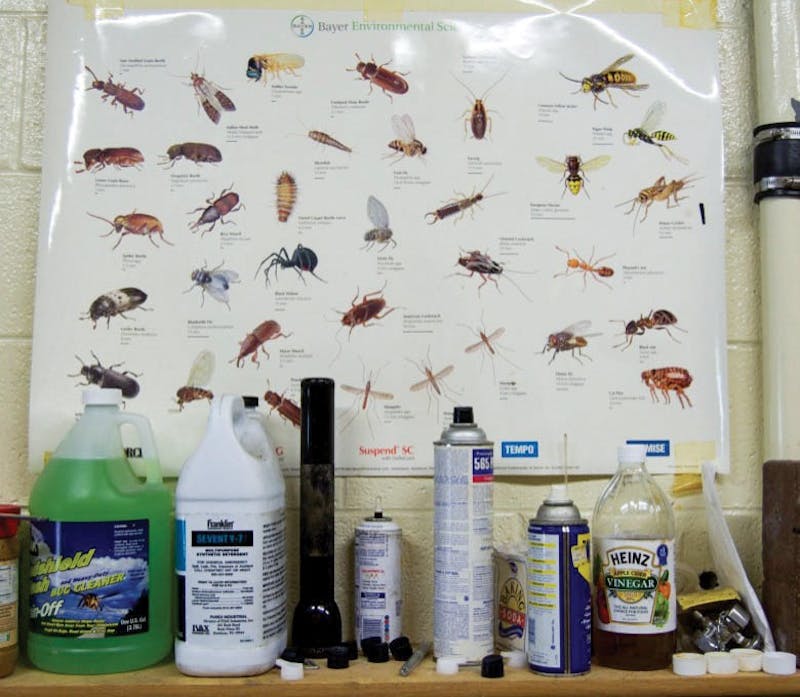
Alie Skowronski
A poster displaying various insects hangs on the wall in the Sanitation and Pest Control storage room.
Whether it is Keller or Miller who captures the bats, the two release the captured bats when they go home. In the last eight years Keller has been at EHS, he estimates has released more than 1,000 bats at his home. In fact, the department has a protocol for every pest.
Students should report wildlife-related problems on OU’s Pest and Nuisance Control homepage. If the problem occurs after 5 p.m. on weekdays or on the weekend, EHS will respond either that day or the next business day. If the incident is an emergency, students should call OUPD.

To be classified as an emergency, the pest must pose a threat to residents or OU facilities. Mostly likely, “danger” entails an animal in direct contact or, in Belthoff’s case, a bat in a dorm room.
EHS will not respond to smaller calls, however, such as to squash a few ants or a spider in a dorm room.
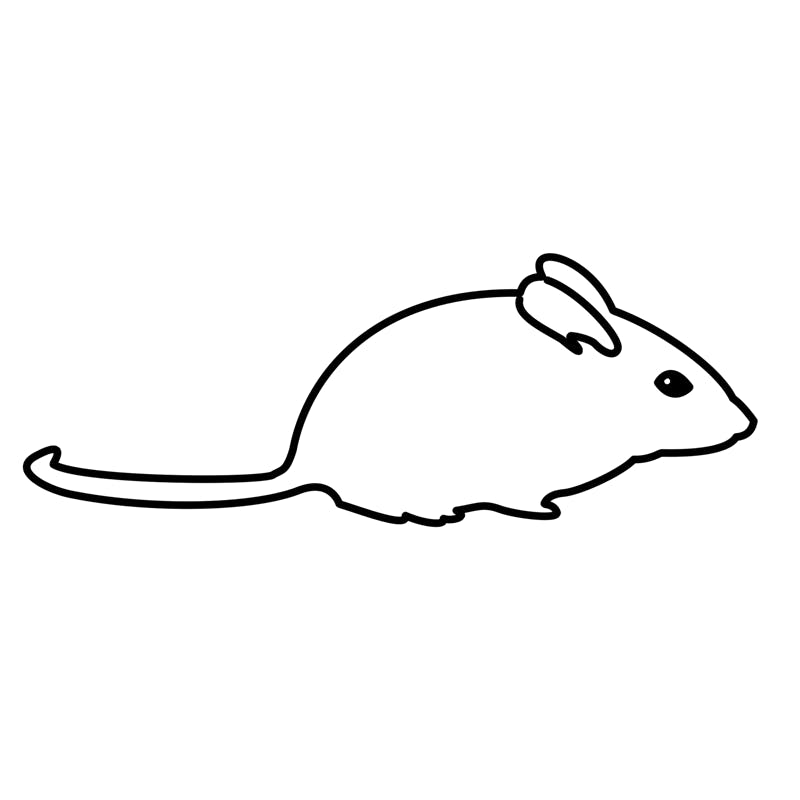
“A pest report is for excessive patterns and issues relating to the bugs,” Leah Wheeler, resident director of Washington Hall, said in an email. “A spider, a few ants, or a small amount of any bug is normal for any place of residence. It is important to keep spaces clean.”
In the 2014-15 school year, EHS responded to 1,222 pest control complaints. Forty-two percent of the calls are for bats and ants. Because bats are common in the area, they are to be expected, but Keller said pests such as ants or cockroaches are sometimes due to a sanitation problem.
When Keller started eight years ago, he said the number of complaints was higher. He credits the improvement to implementing housing inspections during summer and winter breaks.
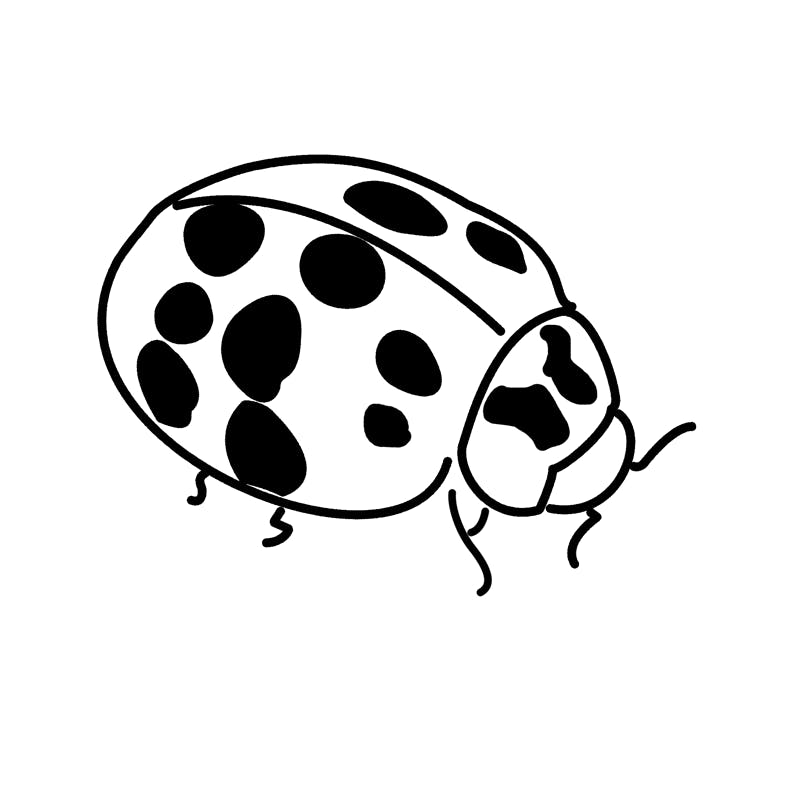
“We have a mouse call in, say, Jefferson,” Keller said. “When the students leave over winter break, we’ll go through every room in that building, leave two traps and go through for two weeks, check them every couple of days to make sure.”
The months of April through October mean non-stop calls for EHS, Keller said. The end of October is when calls start to slow down for the department. During the school year, Keller sometimes hires student workers to help cover the large campus.

“At this point it feels like I’ve seen every student on campus,” Keller said. “But, my job’s great. Being around students keeps me young.”
Clarification: This article has been updated to clarify that the calls made were in 2014 and 2015, and that pests may not have been present at every pest complaint site.